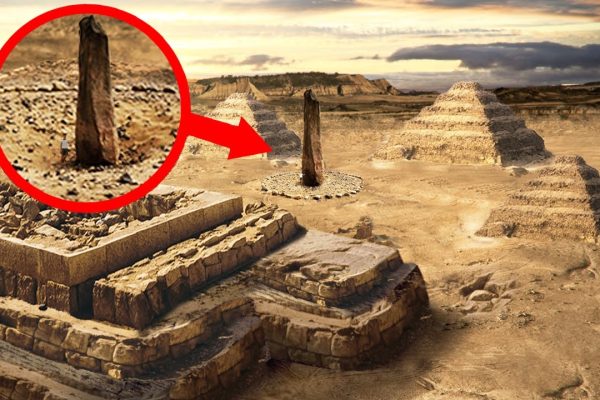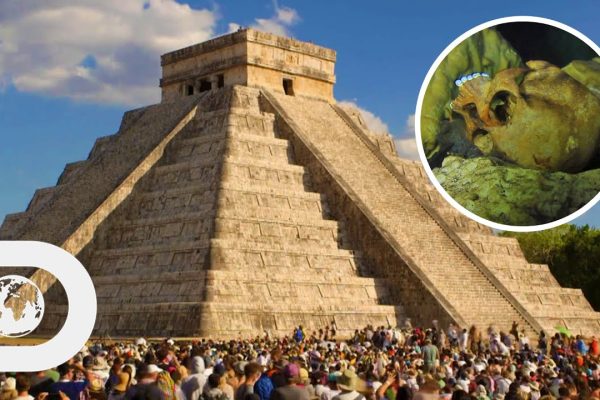
🏺✈️ Top 10 Most Incredible Archaeological Sites You Can Visit
History lovers and adventure seekers alike dream of walking through the ruins of ancient civilizations. From towering pyramids to lost cities, these sites offer a glimpse into humanity’s greatest architectural and cultural achievements. In this article, we’ll explore the Top 10 Most Incredible Archaeological Sites You Can Visit, where history comes to life. 1. Machu…

